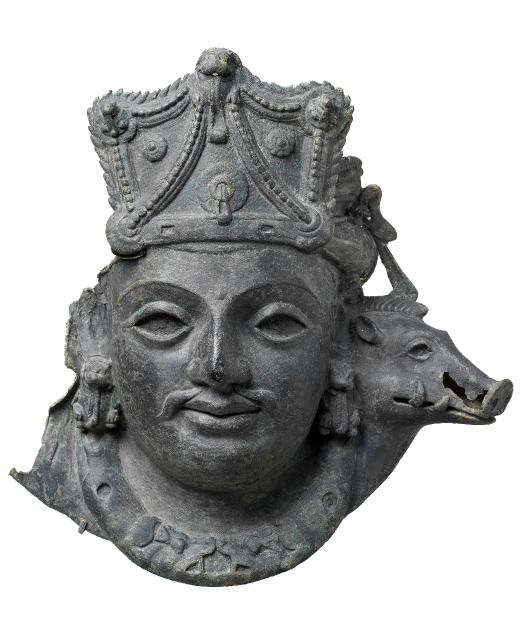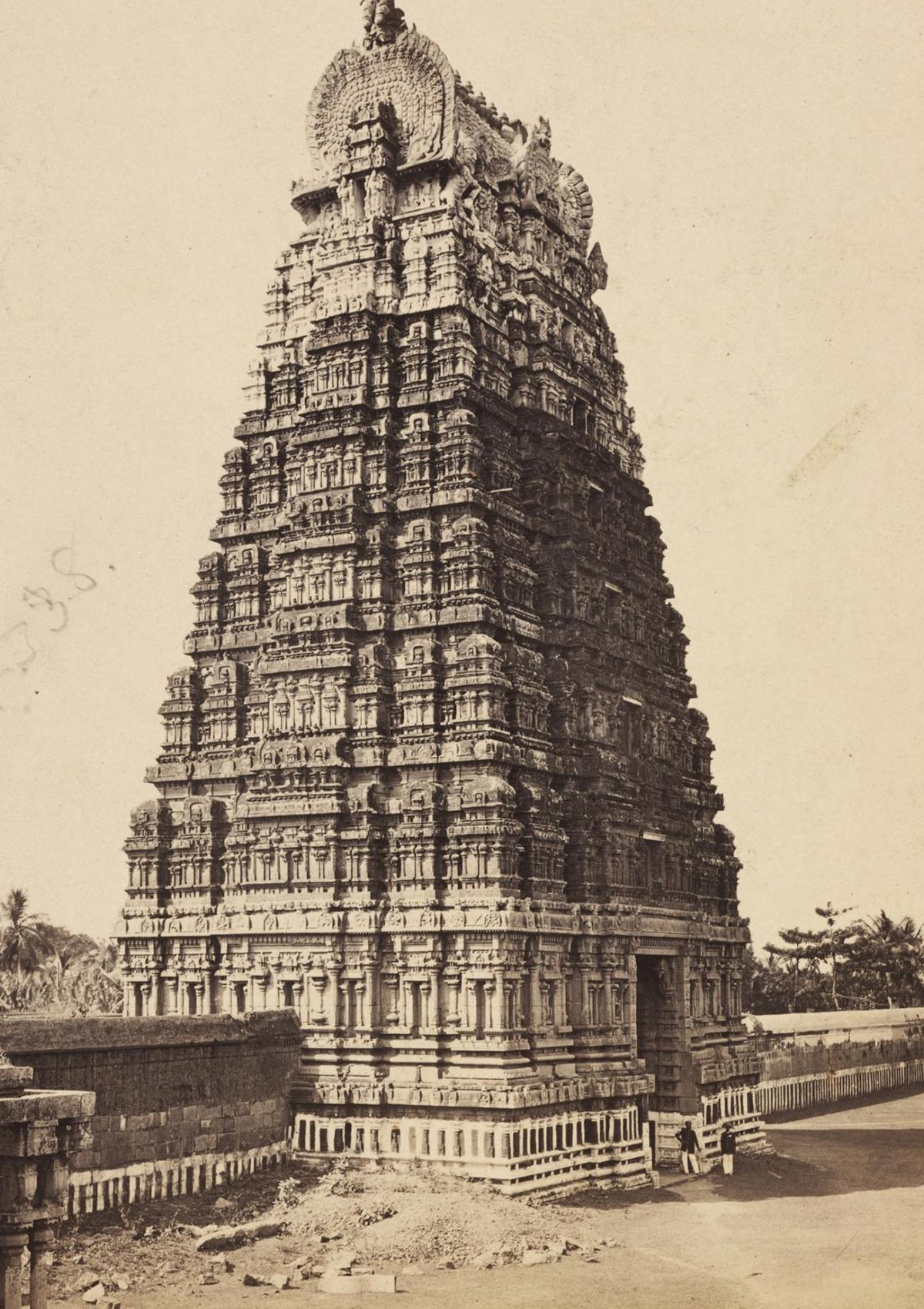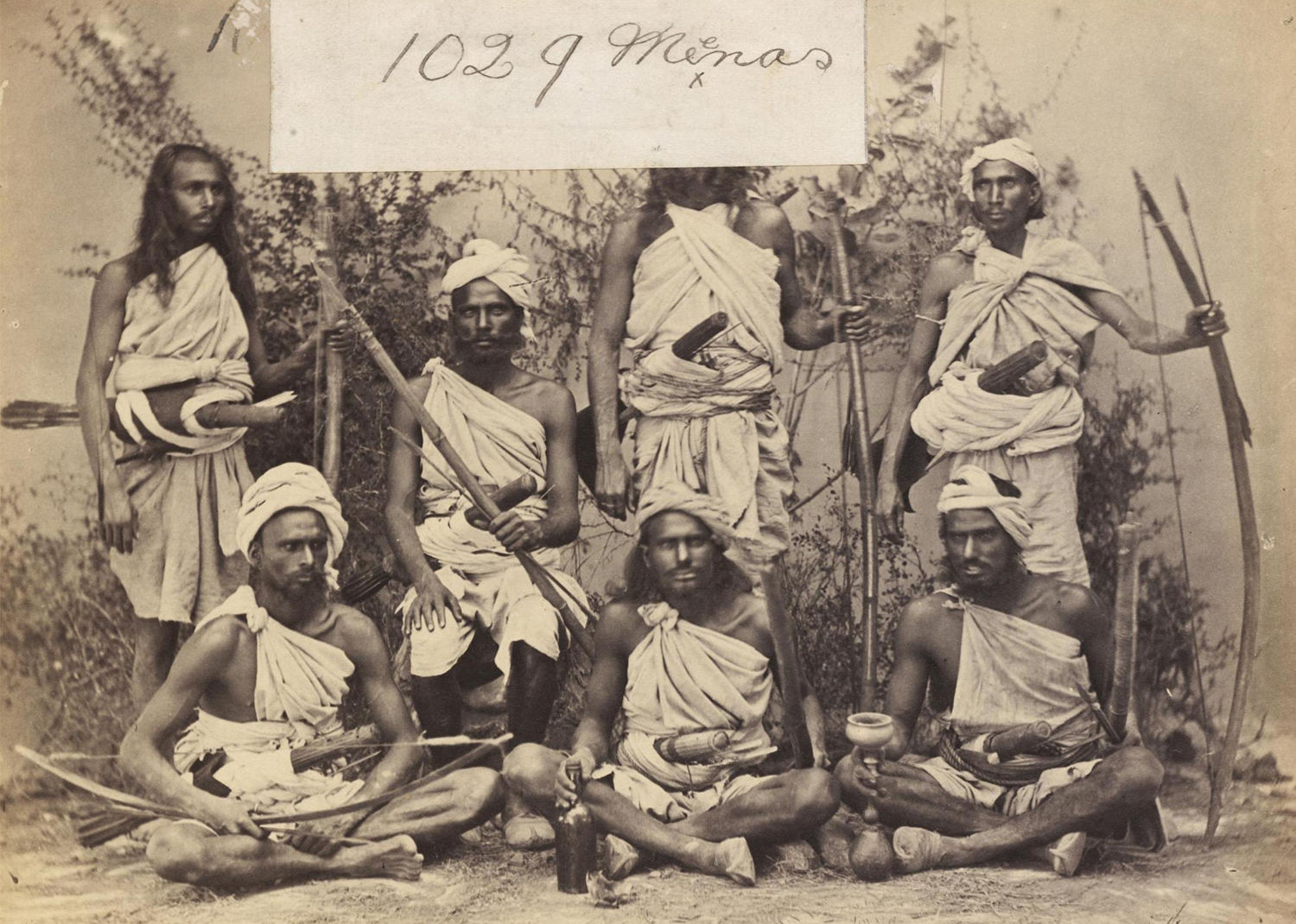ARTICLE
Francis Frith & Co
One of England’s largest photography printing studios and archives of the nineteenth century, Francis Frith & Co produced and published prints of scenic views and monuments across England, continental Europe and Asia. Established by businessman-photographer Francis Frith in 1860, the company was a key player in the development of travel photography in nineteenth-century England and beyond, publishing prints in formats such as catalogues, albums and picture postcards. The studio remained active for over 110 years, until 1971, building an archive of 2,50,000 photographs and 60,000 plates depicting views from across the world. Among this collection are 882 images of views of India in three series, which although relatively few, evidenced an increasing interest among the British public for images from the unfamiliar lands and cultures in general, and India in particular.
Frith’s business targeted the mass market by catering to Victorian aesthetic ideals of beauty and the lure of foreign lands, through visuals that conjured up spectacle and mystery. Scholars have also noted an orientalist aura in these photographs — Europeans posing among monuments in foreign lands and natives of those lands presented in an awkward, staged manner — elevate the landscapes through association in the former and render them mysterious and ‘other’ in the latter.
Although travel photography was hardly a new phenomenon — French photographer Alexis de la Grange’s photos of India were published as early as 1850 — there were few in England who undertook the publishing and dissemination of such prints on the same scale as F Frith & Co While some such as the London publisher J. Hogart had already begun publishing views of India (especially of Tamil Nadu and Agra) by 1859, their stereoscopic prints, which had to be distributed with stereoscopic glasses, didn’t have the same impact in a rapidly-growing marketplace. In India as well there were photographers and successful owners of studios, such as Lala Deen Dayal and Samuel Bourne, who tended to concentrate more on the subjects and their aesthetic potential, rather than purely demand and commercial potential. Francis Frith & Co. therefore had a nearly unbroken monopoly until the 1940s, well after Frith’s death in 1898, especially in the postcard business after the postcard was approved by the British Post Office in 1902.
The studio’s collection continued to grow through contributions from photographers who still abided by the strict standards imposed, until 1971 when the studio closed. The evolution of other photographic technologies and changes of taste and topography relegated the photographic products to a bygone era, and their collection fell into neglect. A substantial collection of the original glass plates was restored and is now maintained at the Birmingham City Library as an important record of nineteenth-century England and other geographies. The Victoria and Albert Museum, London, also carries a collection of over four thousand prints from their various catalogues.
Bibliography
Our website is currently undergoing maintenance and re-design, due to which we have had to take down some of our bibliographies. While these will be re-published shortly, you can request references for specific articles by writing to hellomapacademy@map-india.org.








